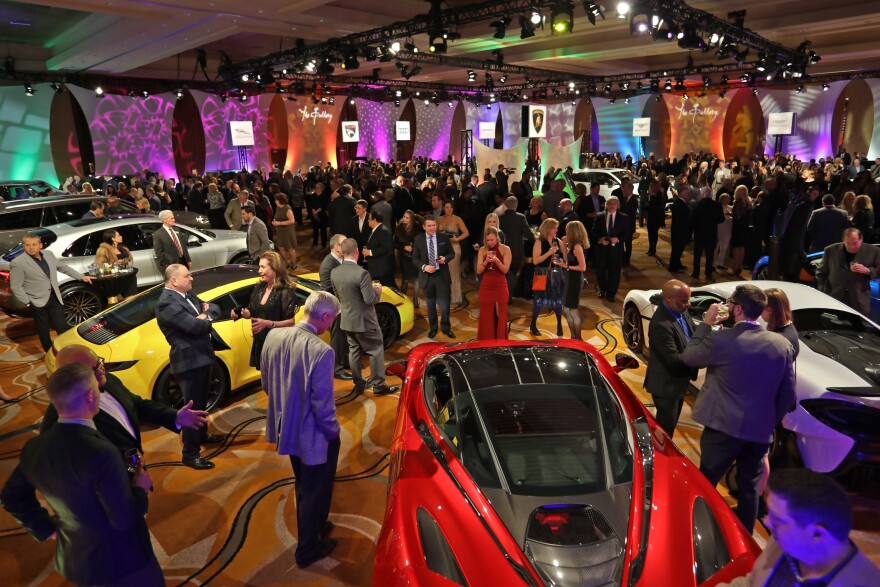It's the start of the 30th annual North American International Auto Show (NAIAS) in Detroit.
It's also the last time the show will be in January. The once can't-miss event is moving to the summer in 2020 with the hope of regaining some of its lost glory.
The NAIAS used to be a really big deal - drawing almost every automaker big or small, and 4,000 or more members of the media from around the world.
But in recent years, it's often been snubbed - especially by luxury car companies choosing to display in Los Angeles or the Consumer Electronics Show in Las Vegas instead.
It's tempting to blame the weather. In Detroit in January, much more often than not, dark depressing clouds hide the sun, the cold is finger-numbing, and it's not uncommon for snowstorms to hit, just as the show gets underway.
"The Monday of the auto show press days was always one of the worst days of my life," asserts Tom Krisher, a veteran auto beat reporter for the Associated Press. He's driven to Detroit many a year over roads patchworked with black ice or blanketed with snow drifts.
"And then you can't find your car when you come out at night because it's covered with snow and a bunch of other cars have come in, so I'm extremely happy that's it's going to be in the summertime," says Krisher.
But it's really not just the weather that is hurting the auto show. It's the cost for automakers to display at Detroit.
Doug North will be chairman of the 2020 show. He's on the show floor, watching preparations for the 2019 show.
"There's probably 1,500 workers that are working that are going to put this together," he says. "And then 1,700 semi trailer trucks have brought equipment in.
North says delays and overtime from the Christmas and New Year's holidays, right before the show's start in early January, greatly increase labor costs for manufacturers putting on displays. A summer show will cost a lot less, and in 2021, the show will shave two days off, reducing costs even more.
Automakers can also expand their displays outside, simplifying what they display indoors.
"Many of these displays out here are two stories," North says, "and they have escalators and they have vehicles hanging on the side of walls."
If car companies come back, organizers trust media will too. Media attendance was about half its usual number this year. Auto journalist Laura Burstein was among those who decided to skip Detroit, "because of what we consider to be kind of a dearth of news as far as new vehicles go," she says.
Burstein says the trend isn't encouraging for Detroit's show -- or any auto show for that matter. Car companies are finding cheaper, more exclusive ways to create buzz for new cars. Take BMW, which rented an airplane hangar a few years back in Santa Monica.
"So then over several days they invited dealers, media, VIPs and even the public to come see all of its cars, both production cars and concept cars," says Burstein, who, of course, attended. "So they eventually had a captive audience immersed in a single brand for as long as they wanted to stay, instead of having to worry about what's the other guy doing across the aisle."
On the other hand, car shows offer a rare opportunity to compare similar cars, one next to the other in competing displays. So they are by no means going away.
Whether the move helps NAIAS grow or not, the city of Detroit could end up being a beneficiary. Attendees could also check out a hip new restaurant downtown or take in a baseball game.
Just don't expect the old-timers to forget the (good) bad old days of a winter Detroit Auto Show.
We'll be swapping stories about spinning out on black ice, plowing through huge snow drifts, and stepping in knee-deep icy slush pools in front of Cobo Center for a long time to come.









